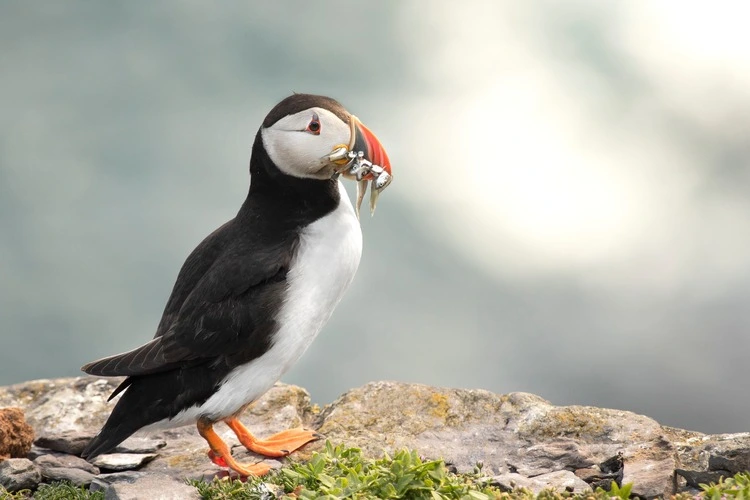
The humble sandeel has made headlines after Britain and the EU butt heads over its protection. Why is this creature causing such controversy?
By
These small creatures are often found buried under sand banks, but this week sandeels are at the centre of a disagreement between the EU and Britain.
The former oppose the UK’s ban on sandeel fishing in the North Sea, which came into effect last April, implemented by the UK’s then-Conservative government after concerns over its depleting stocks. It was also hoped that such a ban would improve the UK’s scoring on 15 key marine indicators, of which it is currently failing 11.
Check out our related reads:
The EU believe that this ban disproportionately affects one nation – Denmark – which trawls around 250,000 tonnes of sandeels each year from British waters, equivalent to several billion fish with an estimated worth of £40 million. These sandeels are then dried and crushed, primarily for fish oil and fishmeal used to feed farmed fish.
In the three-day hearing, beginning today, it is expected the UK will refute the EU’s argument, citing the ban applies to all vessels. It is also believed the UK government will argue the ban is only enforced through the best, most rigorous scientific evidence.
Many critics of the EU’s decision to overturn the ban highlight that Denmark’s fishing quotas – which make up 90 per cent of the EU sandeel fishing quota – do not take into account the vast swathes of marine creatures which rely on sandeels to survive.
While a court decision is not expected until April, many are already expressing their concerns if the ban is overturned.

‘It is a deep betrayal of our shared seas that the EU is continuing this challenge, which is clearly driven by aggressive tactics from industry giants who lobby for short-term profit with scant regard for marine life,’ said Executive Director of Oceana UK Hugo Tagholm.
‘Sandeels are an essential pillar of life in our ocean, supporting a wealth of wildlife that rely on these fish for food, and are already under strain from other threats, from the climate crisis to chronic pollution.’
Why are sandeels so impotant?
The small, eel-like creature – measuring up to 30cm in length – is found in shallow sand banks in the North Sea. Their major role comes as a critical food source for many forms of marine life, including seabirds such as puffins and kittiwakes. This poses a serious problem, considering many UK seabirds are already endangered, threatened by climate change and avian flu. Food shortages like this can only exacerbate their decline.
Kittwakes, known as ‘sandeel specialists’ due to their ability to dive exclusively in shallow depths in which the fish are found, have already faced a huge drop in their numbers, halving since 1960 – and previously dwindling sandeel populations have played a major role in this.
Before the ban became enforced, some puffins were making journeys ten times longer to source sand eels, stretching a 25km round-trip into an expansive 250km search.
Other than avian life, cetaceans and fish feed on sandeels – so removing a UK ban is likely to impact countless species.




